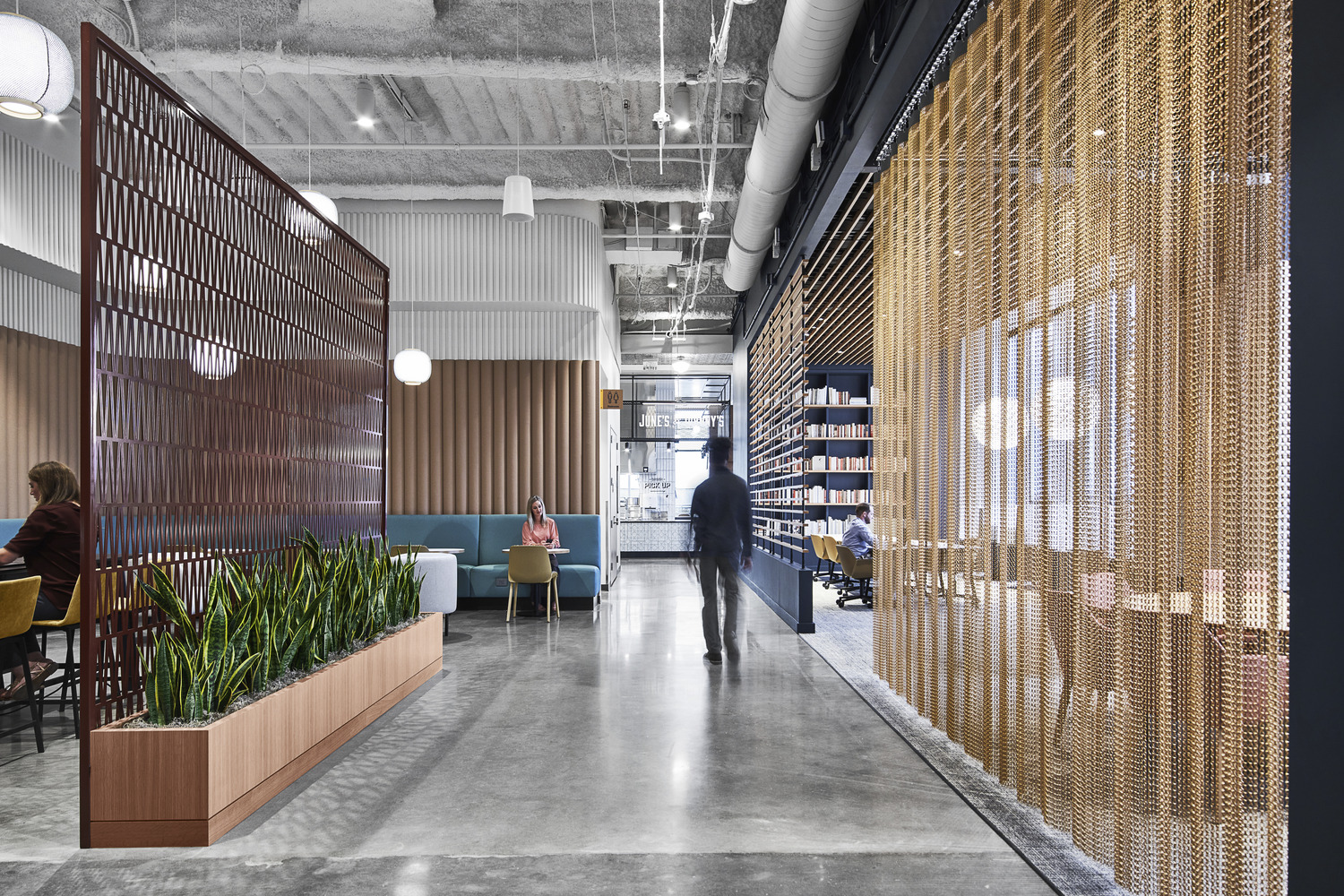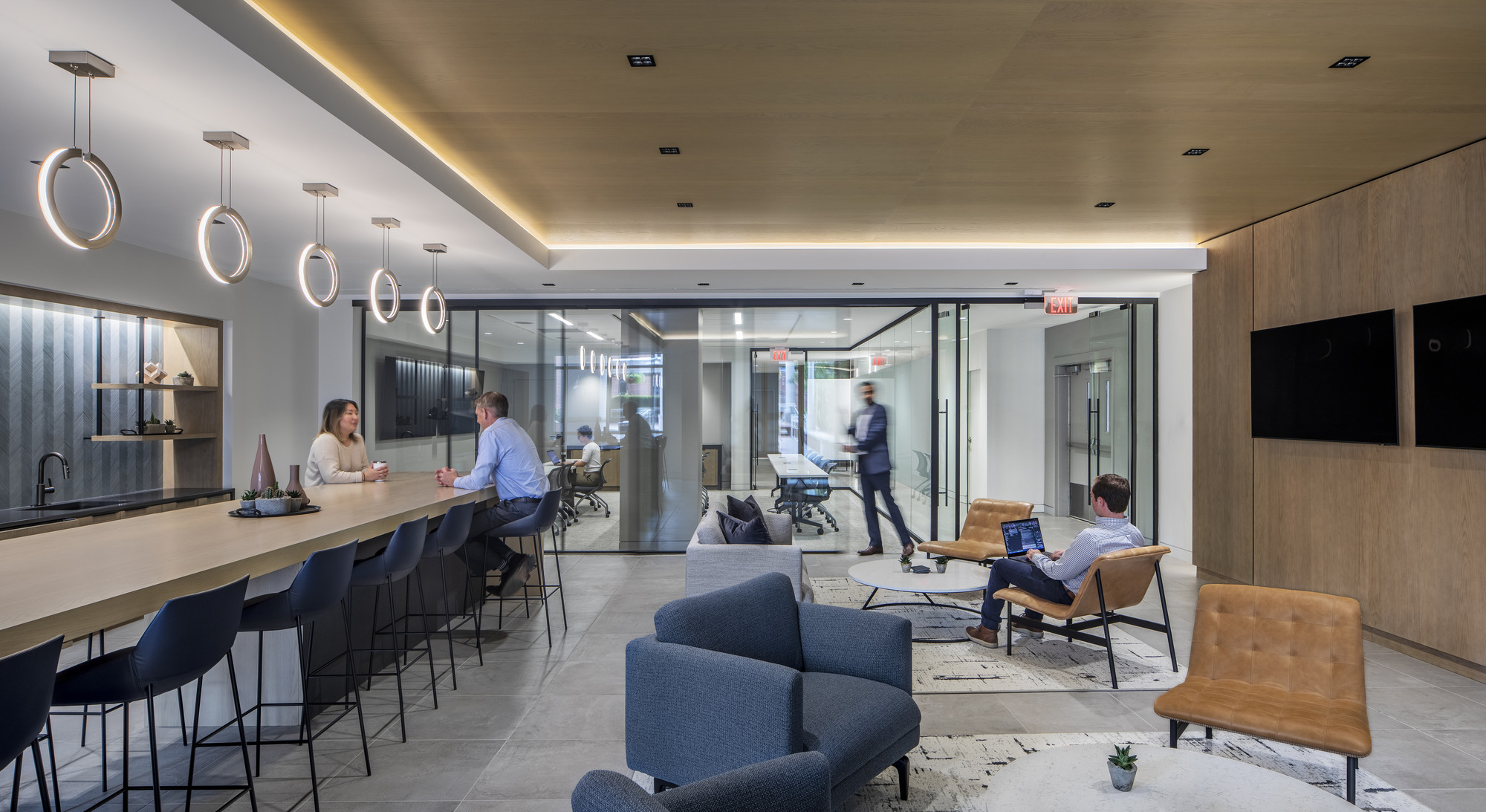If we think back to pre-pandemic days, the thought of a hybrid workplace being successful for company culture and employee productivity wasn’t even on the horizon. Most companies required their employees to be in the office full-time, which meant a consistent stream of people in the space. This also made it easy for facilities managers, who oversee the heating, cooling, and ventilation of their spaces, since they knew how many people to reasonably expect on any given day, and where they would be located.
Now, with the hybrid workplace, all that has changed. With employees having greater flexibility, it’s hard to predict how many people will be in the office at once, and where they will be. But, it also presents an opportunity to reduce energy usage and cut back on the associated costs.
Commissioning is a useful tool when it comes to examining building systems and can aid facilities managers and building owners in adapting their energy usage to the hybrid workplace.
Top of Mind: Occupant Comfort in the Hybrid Workplace
When designing any building, ventilation, heating and air conditioning are at the top of the list for engineers. No one wants to be too hot or cold during the workday, which means there’s a tremendous dependency on the HVAC system to “get it right” and satisfy occupant comfort.
A related factor is being able to validate that a building’s HVAC system has the flexibility to serve the space regardless of how many people are located therein, since body heat generated from employees, along with heat generated from the technology they’re using (laptops, printers, etc.) can have a tremendous impact on how hard a system will have to work in order to maintain comfortable space temperatures.
Let’s use our own Gresham Smith headquarters as an example. Located in Nashville, Tenn., we occupy three floors of our building. Prior to the pandemic, we had about 400 employees located in our Nashville office, all of whom needed to be here five days a week. Now, we have about 500 employees, but they’re only required to be in the office three days a week. Each day is different—some days there are relatively few people in the office, some days there are people evenly spread throughout the three floors, and some days some floors are more populated than others. But no matter the situation, the conditioned air still needs to meet our occupant comfort and ventilation rates no matter where the employees are located.

Thinking Strategically: Making the Correct Adjustments
When commissioning the HVAC system for the hybrid workplace, a number of factors will influence the trajectory of the effort—including where are people located, what mechanical adjustments can be made to the HVAC system, and required ventilation/exhaust flows.
The Human Element
In most buildings, it isn’t feasible to move major HVAC system components. Air handler units, air terminal units, distribution, and return ductwork and more are all set in place once construction is complete. Adjusting occupant locations and densities is often easier than modifying operating ranges of existing HVAC equipment.
For example, let’s say that employees were theoretically spread out among many zones in the office before the hybrid workplace. Now, in a hybrid work arrangement, it might be possible that these employees can consolidate into reduced number of zones. Occupied space requires the area be conditioned and ventilated, while non-occupied space still needs to be conditioned, but not nearly as much. This allows the facilities manager and building owners to turn off, or drastically cut back on, the HVAC needs for those areas, which ultimately reduces costs.
The Mechanical Element
Perhaps the greatest potential for energy savings in the hybrid work environment is the possible reduction in energy associated with conditioning ventilation or outside air. Outside air is often warmer and more humid than return air and places a greater load on HVAC equipment than “re-conditioning” return air. While every facility is unique and a number of factors should be considered while weighing the feasibility of such modifications, a collection of time-proven methodologies can be implemented, including “demand control ventilation”—a ventilation control strategy that varies the amount of ventilation air based on feedback from sensors in the space.
As the hybrid workplace becomes more commonplace, facilities managers and building owners should look to commissioning experts to help them cut back on energy usage and cost.
More from Author
Gresham Smith | Oct 16, 2024
How AI can augment the design visualization process
Blog author Tim Beecken, AIA, uses the design of an airport as a case-study for AI’s potential in design visualizations.
Gresham Smith | Aug 17, 2023
How to design for adaptive reuse: Don’t reinvent the wheel
Gresham Smith demonstrates the opportunities of adaptive reuse, specifically reusing empty big-box retail and malls, many of which sit unused or underutilized across the country.
Gresham Smith | May 24, 2023
Designing spaces that promote enrollment
Alyson Mandeville, Higher Education Practice Leader, argues that colleges and universities need to shift their business model—with the help of designers.
Gresham Smith | Mar 20, 2023
3 ways prefabrication doubles as a sustainability strategy
Corie Baker, AIA, shares three modular Gresham Smith projects that found sustainability benefits from the use of prefabrication.
Gresham Smith | Jan 19, 2023
Maximizing access for everyone: A closer look at universal design in healthcare facilities
Maria Sanchez, Interior Designer at Gresham Smith, shares how universal design bolsters empathy and equity in healthcare facilities.
Gresham Smith | Dec 20, 2022
Designing for a first-in-the-world proton therapy cancer treatment system
Gresham Smith begins designing four proton therapy vaults for a Flint, Mich., medical center.
Gresham Smith | Nov 21, 2022
An inside look at the airport industry's plan to develop a digital twin guidebook
Zoë Fisher, AIA explores how design strategies are changing the way we deliver and design projects in the post-pandemic world.
Gresham Smith | Feb 13, 2022
Helping maximize project dollars: Utility coordination 101
In this post, I take a look at the utility coordination services our Transportation group offers to our clients in an attempt to minimize delays and avoid unforeseen costs.
Gresham Smith | May 7, 2021
Private practice: Designing healthcare spaces that promote patient privacy
If a facility violates HIPAA rules, the penalty can be costly to both their reputation and wallet, with fines up to $250,000 depending on the severity.
Gresham Smith | Mar 4, 2021
Behavior mapping: Taking care of the caregivers through technology
Research suggests that the built environment may help reduce burnout.
















